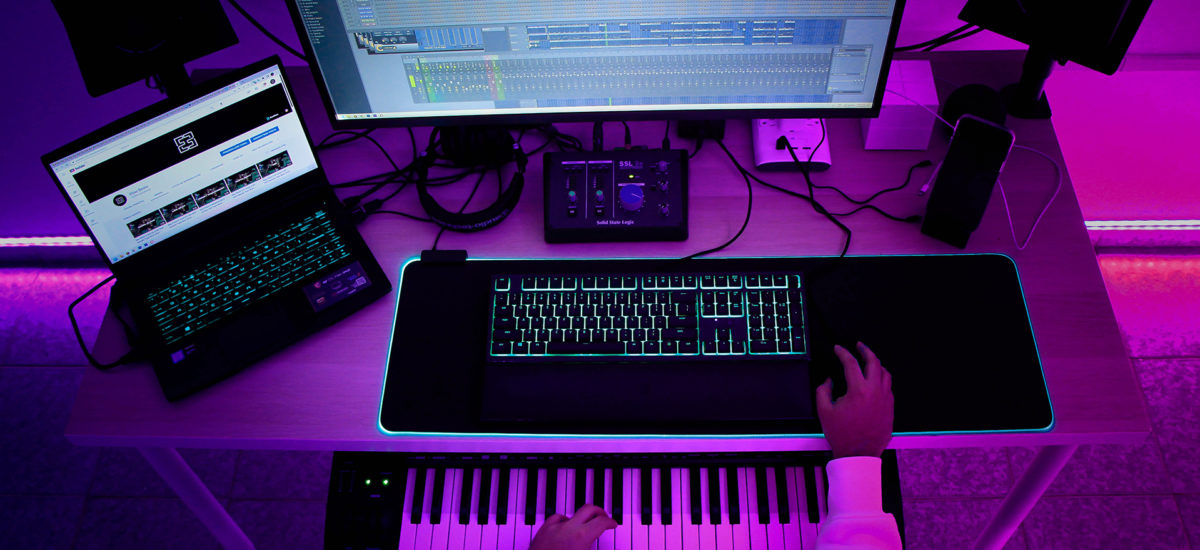
Releasing your music via labels can be a great way to gain exposure and make connections in the music industry. While it’s possible to self-release your own music, labels can take care of a lot of the behind the scenes work and help with marketing.
Having your music released via labels indicates that your music is of a commercial quality, and can help you be taken seriously by potential collaborators and industry connections.
In this guide on how to pitch your music to labels we’ll look at five top tips for demo submission to record labels, including how to pick and prepare your music, how to select which labels to target, and how to send your music to labels.
If you make dance music you’ll likely want to ensure that your submissions appeal to DJs, many of whom run labels themselves, and we’ll cover making your demos DJ-friendly as well.
Jump to these tips:
1. Music quality control
Before you send your music out to labels, you’ll want to make sure that its quality is of a sufficient level to be taken seriously. One of the hardest things to do as any kind of creative is to have an objective view of your work. Ultimately we may never truly be able to assess our music objectively, but there are some things that we can do to help get a better understanding of how it compares to the work of our contemporaries.
A process that can be hugely revealing is to reference your work alongside work from similar artists in your DAW. Simply drag some of your tracks and similar, recently released music into your DAW, and take a listen to how they compare sonically. The better your listening environment, the more accurate an idea you’ll get of where your track’s strengths and weaknesses are, but even on low-end setups you should get some idea of how your tracks’ mixes compare to commercial releases in terms of tonal balance, clarity, dynamics, and loudness.
Up to a point, tracks that are louder tend to sound better, so if you’re comparing your unmastered music to a commercial master it can sound extremely limp. This can be dispiriting, but we’ll look at ways you can remedy this in the fourth tip.
As well as comparing your tracks’ mixdowns, critically analyze them in other areas too. Are there issues with how they’re arranged? Are they boring? Too busy? Judging these facets can be tricky when you’re starting out, but the more experienced you become, the easier it is to have a realistic idea of how your music stacks up.
If you’re making dance music, try mixing your tracks with similar contemporary music with DJ equipment such as TRAKTOR software and hardware, which will give you a great perspective on how mixable they are, and how they sound in context. DJs love tracks that are easy to mix, and you can get some valuable perspective on this aspect from mixing them yourself.
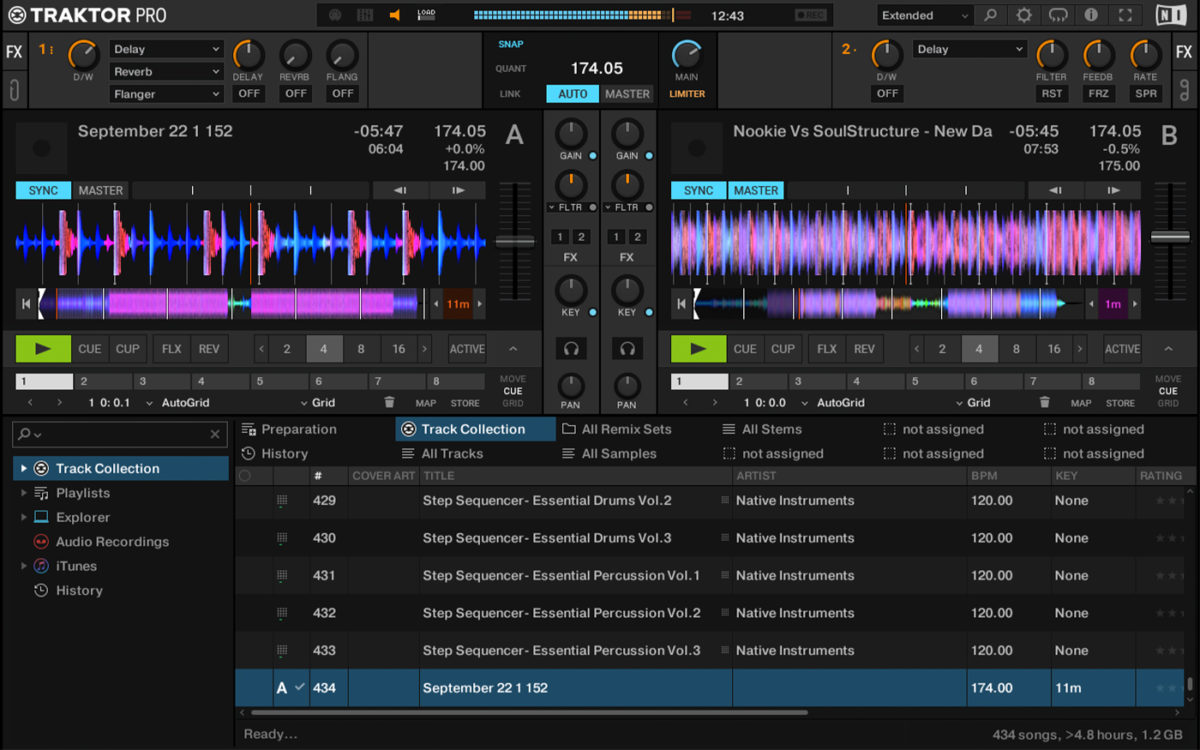
2. Choose the record labels
Once you’re happy with the standard of your music, you’ll need to pick a label to send it to. The easiest way to do this is to send it to the kind of labels that you enjoy the output of. If you’re a DJ you’ll likely have a good knowledge of which labels put out the sort of music you make, but if not, you can quickly find out the labels similar artists release on with some investigative web browsing. YouTube videos will often mention the label a track is released on in the video description, Beatport and other music stores will typically show you which labels a particular track is from, and artists’ socials will often mention the labels they’re working with.
There are also record label directories, like Labels Base and Songwriter Universe that you can use to help narrow down your list of labels to pitch.
A great way to get your foot in the door in a particular scene is to start with smaller labels. These likely won’t receive as many demos as larger labels, so may well be more prepared to listen to tracks for an unestablished artist and offer feedback. Smaller labels are often on the cutting-edge of a scene too, and if you’re not relying on income generated from music sales to live on you may find that you prefer working with these labels over their more commercially-focused contemporaries.
When picking labels to send to, make sure you’re aiming for a label that suits the style of music you make: a label that releases exclusively chilled-out tracks in a particular style likely won’t have much interest in dancefloor bangers, even if they’re in broadly the same genre. Beatport is a great starting point to find out a label’s particular flavor, and SoundCloud can often provide an insight into an artist or label’s future releases. Also, looking for mixes and unreleased tracks on YouTube can give you an idea of where things are headed for a genre musically.
If you’re targeting DJs, less well-known DJs might be more interested in music from up-and-comers than a large commercial label that would rather receive demos from an artist with a pre-existing social media following.
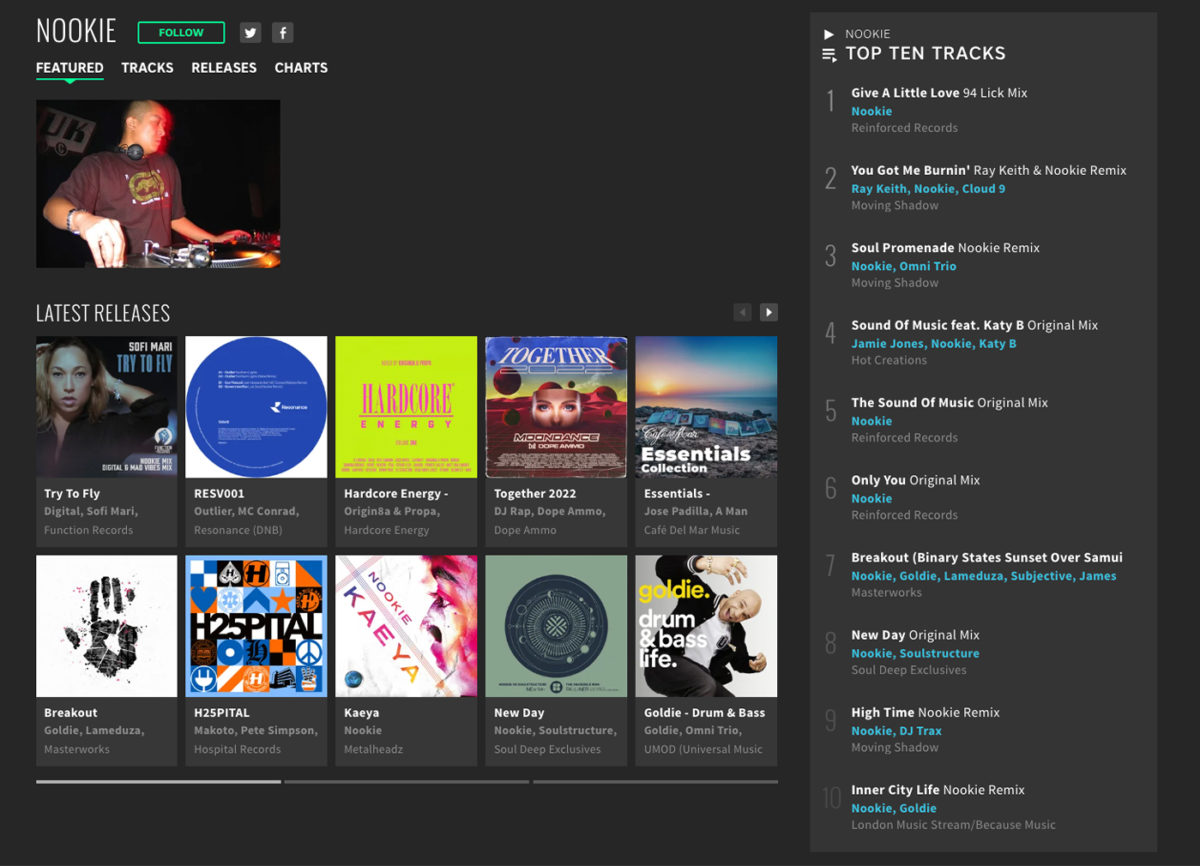
3. Pick the tracks you will send to labels
Before you submit your demo to a record label, you’ll have to decide how many tracks to send, and which tracks to send. Some larger labels have demo submission portals and will only allow you to send a certain number of tracks, which takes the guesswork out of deciding on a number of tracks to send. When you’re only permitted to send one or two tracks, it makes sense to send your best stuff. If a label likes what they hear, they’ll probably ask you to send more.
If you’re sending tracks another way, you’ll need to limit yourself somehow. Most labels won’t want to pick through dozens of tracks to see if there’s anything worth listening to. So, it makes sense to send one to four of your very best tracks, with two or three being the ideal amount.
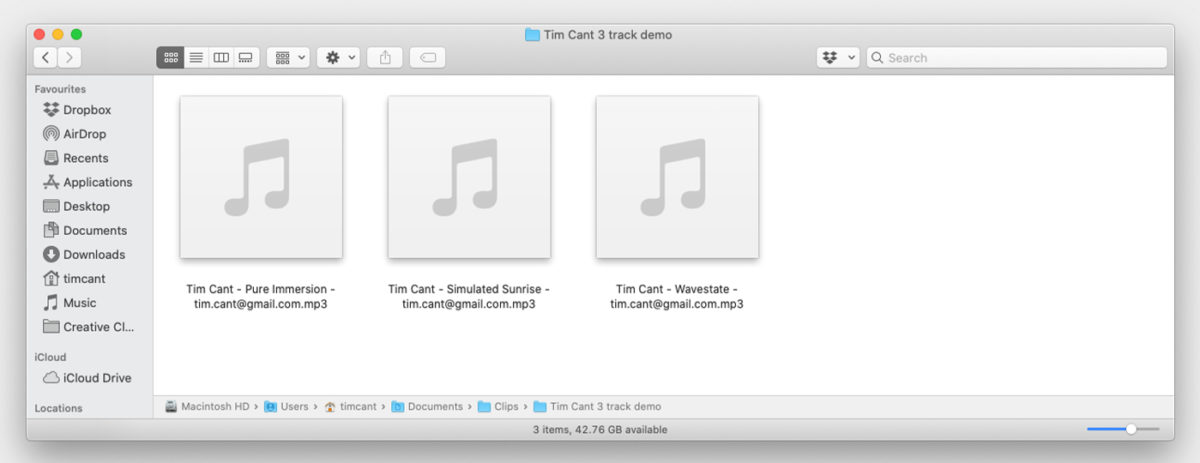
4. Master your songs before sending them to labels
While solid musical ideas and great mixdowns are the most important factors in a demo track, it would be unrealistic to think that having a loud, luscious master doesn’t have an impact on the listener. Humans like music that sounds loud, and having a decent master can make your music stand out from other submissions, especially if you’re sending music to DJs looking for something to play out at their next gig.
There are many ways to master your demo tracks, ranging from simply applying clipping to your master and adjusting the track’s gain until you reach an acceptable, distortion-free volume level, to paying someone to master your music for you.
Paying a professional mastering engineer to master your demos could become an expensive habit however, so in the interest of both economics and learning more about music production, you could turn to iZotope’s Ozone range of software. If you’re a newcomer to mastering, Ozone 10 offers an AI-powered Master Assistant that can analyze your tracks and offer suggestions on processing that will help you achieve a professional-sounding master. Mastering Assistant allows you to use references from audio files on your computer, so you can even target the sound of specific labels should you desire.
Learn more about how to master your track using iZotope Ozone 10, included in KOMPLETE 14.
Make it easy for the label to say ‘yes’
Now you have the tracks, and a label you’d like to sign them. At this point you’ll want to focus on making it as easy as possible for the label to hear the tracks and communicate their interest to you.
First, search the label or label owner’s socials for an email address to send tracks to. They might have a dedicated demo submission email, or a more general email address. They may also state their preferred way of receiving demos. If they have a dedicated demo address, they will be expecting submissions. In this case you can send them a short, polite, and ideally bespoke email introducing yourself and providing a link to their music via their preferred delivery method.
If they don’t have a dedicated email address, you can send a similar message and include a link to your music, but make a point to ask them if they’re happy with you sending demos via this method.
Rather than sending 320 kbps .MP3s or .WAV files attached to emails, which are likely to be bounced back or fill up the recipient’s email inbox, it’s more convenient to send private SoundCloud links. If you decide to send links to audio files hosted somewhere like Google Drive (which gives you 15GB of free combined storage with a Google Account), remember to include your email address in the filename of each track so that the recipient can find out how to contact you should they forget where the track came from.
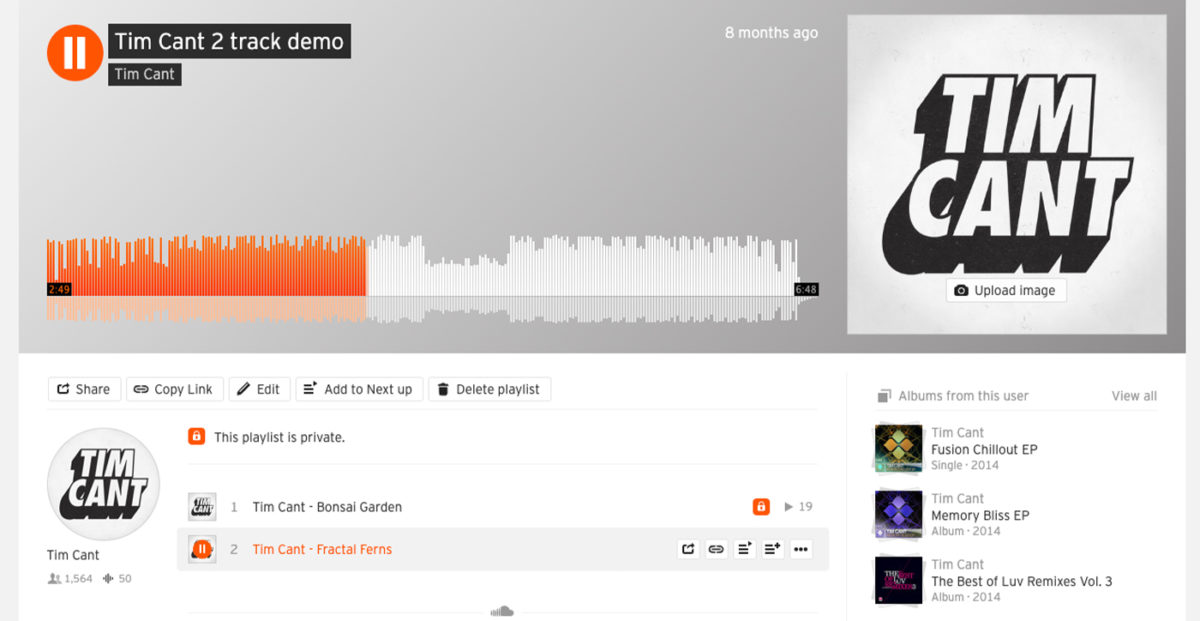
If they don’t have an email address or a stated method of demo submission, you can send them a short, polite direct message asking them if they’d like to receive demos. If they ignore your message, move on: you want to deal with people who are excited to work with you, not spend your time chasing strangers on the Internet.
Likewise, if they don’t respond to your demo, you may assume they’re not interested and look elsewhere for labels to work with. If a label is seriously interested in your music, you’ll usually hear back from them relatively promptly. It wouldn’t be outrageous to send them a single, short and polite email a couple of weeks after sending the demo requesting feedback, but realistically your time is probably better spent on finding labels who are more eager to work with you, and improving your productions.
Music is enormously subjective, so if you don’t get the response you want from a label, don’t allow it to discourage your artistic ambitions. There are plenty of examples of creatives of all kinds who received many rejections, from Kafka to Linkin Park. Don’t allow anyone else to make you feel as if your art isn’t valid, and make sure you focus on why you started making music in the first place: love of the art form.
Start getting your tracks signed
The golden rules for pitching demos to labels are do you research, make your music presentable, and be polite and professional. With good music, perseverance and a little luck, you should begin to make some progress. If you haven’t already, check out some of these resources to help you get your tracks in great shape for a record label:
And don’t forget to get some insight from the record label’s perspective by reading our blog on how to get your record signed according to industry experts.















